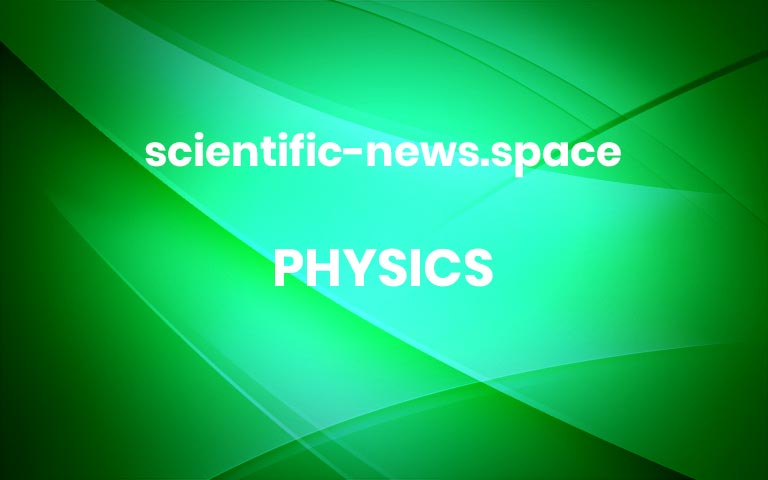Electron conspiracy in a Japanese lattice pattern: Kagome metals baffle science
Toward a new kind of superconductivity: In the past four years scientists have discovered metals whose crystal structure mimics that of a traditional Japanese woven bamboo pattern: kagome metals. The international research activity in this new direction of quantum materials has recently reached a new climax: an international team of physicists has discovered that the underlying kagome lattice structure induces the joint appearance of intricate quantum phenomena which can lead to an unprecedented type of superconductivity.
Atoms form a kagome pattern
A kagome pattern is composed of three shifted regular triangular lattices. As a result, the kagome lattice is a regular pattern composed of stars of David. It is a common Japanese basket pattern which is where its name derives from. In condensed matter physics, materials crystallizing in a kagome lattice have first gained significant attention in the early 90’s. Until 2018, when FeSn as the first kagome metal was found, correlated electronic states in kagome materials had typically been conceived as being generically insulating, and triggered a predominant research focus on magnetic frustrations. That kagome metals could likewise bring about fascinating quantum effects had already been predicted in 2012 by Ronny Thomale, scientific member of the Würzburg-Dresden Cluster of Excellence ct.qmat — Complexity and Topology in Quantum Matter.
“From the moment of their experimental discovery, kagome metals have unleashed a tremendous amount of research activity. In all dedicated research groups worldwide, the search has begun to look out for kagome metals with exotic properties. Among other ambitions, one hope is to realize a new type of superconductor,” explains Thomale who holds the chair for theoretical condensed matter physics at Julius-Maximilians-Universität Würzburg, JMU.
Baffling results
A research team led by the Paul Scherrer Institute (Schweiz) has now achieved a new discoveryin kagome metals. In the compound KV3Sb5, they observed the simultaneous appearance of several intricate quantum phenomena, culminating in a superconducting phase with broken time reversal symmetry. More



